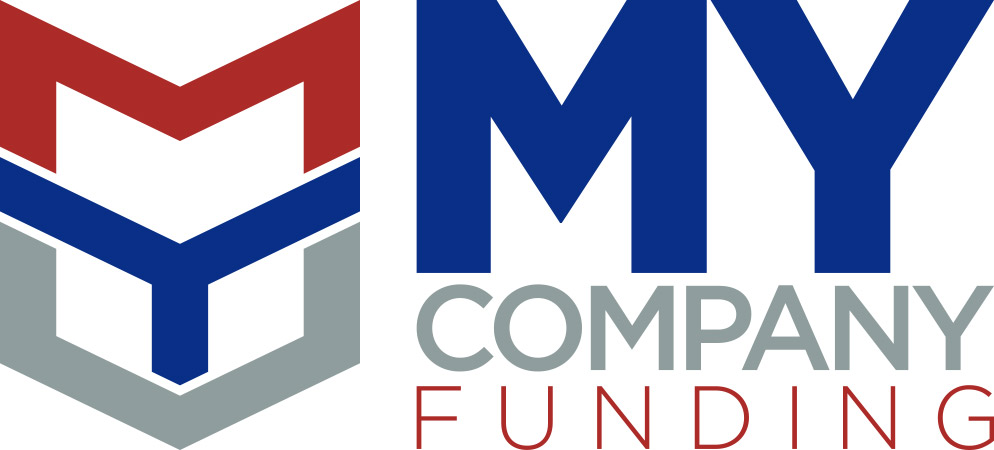 Business equipment financing
Business equipment financing provides capital to buy equipment so that your company has what it needs to grow or continue existing operations. The equipment itself serves as collateral for the loan, but as long as it’s paid within the set terms, you continue to have access to the equipment. However, a default can result in the loss of the equipment to secure the outstanding balance.
Take a Close Look at Your Operations
Take a comprehensive look at your overall needs. If you plan to make a large purchase in the near future, you should consider the long-term impact of your decision. Sometimes, an outside consultant can help you analyze the pros and cons of a large equipment purchase. This helps you understand the true impact of the costs on your operations over time.
This plan helps you focus on one or more major improvements that impact your business. Comparing your analysis to metrics such as turnaround time and efficiency helps you identify other areas where major improvements are needed.
Find a Reliable Lender with Decent Rates and Flexible Terms
Take advantage of online avenues that let you compare different options for
business equipment financing. Newsletters and
sites that target your industry may yield special rates. However, reputation and customer service are equally important. You need to know that someone is there if you have questions down the road and no one wants to work with a lender that won’t be around in a year or two.

Include Training in Your Budget
When you buy new equipment, don’t opt out of training when you apply for a loan. The time and money you spend to bring employees up to speed add up quickly. To avoid costly drops in productivity, budget for formal training on new technology and processes. Block off time to answer questions during the first few weeks the new equipment is in operational to avoid safety and other issues and avoid backups.
Explore Various Financing Options
Every financing choice has pros and cons, so carefully evaluate each option, including:
- Purchasing enables you to own the needed equipment outright and you can amortize the cost over the lifespan for tax and reporting purposes.
- Leasing the equipment is cheaper than buying it outright, but you have to wait for the lease to expire before you can purchase it. This can add significant costs over the life of the lease.
- Renting works when the equipment quickly becomes obsolete or if you need it for a short period of time.
Clear Up Any Issues with Your Credit History
Clear up any issues with your credit prior to applying for
business equipment financing. You can start by reviewing your credit reports and correcting any errors. You should also pay off outstanding debt, if possible.

A Flexible Source of Capital
Most small to medium-sized businesses can’t afford to buy equipment outright. so companies like
My Company Funding provide a reliable source of working capital with flexible terms and manageable payment plans.

